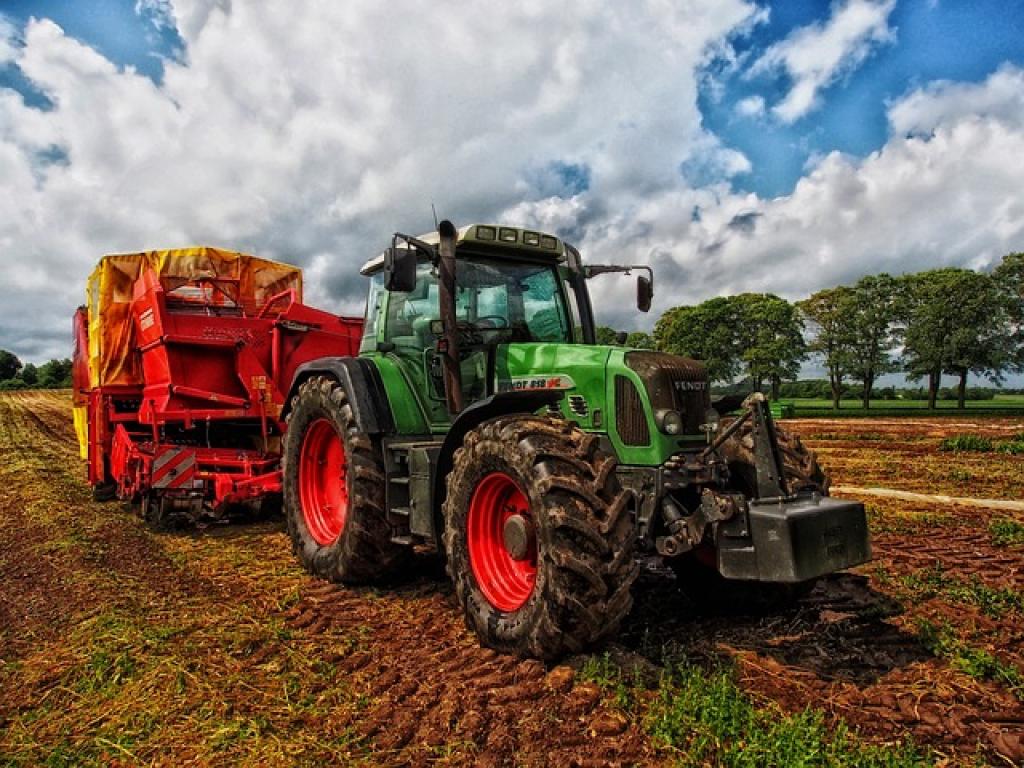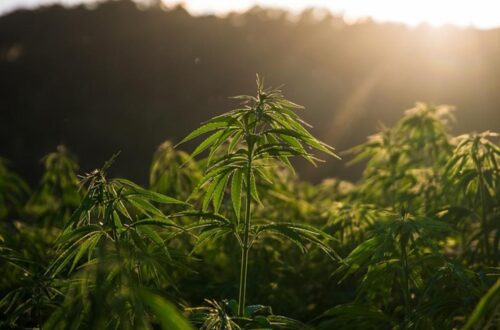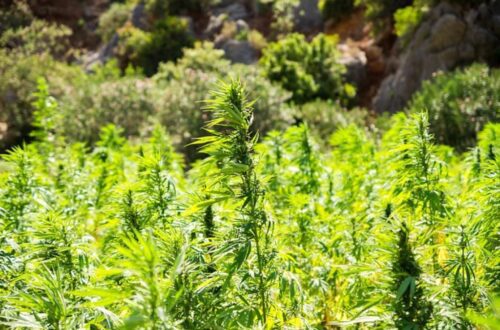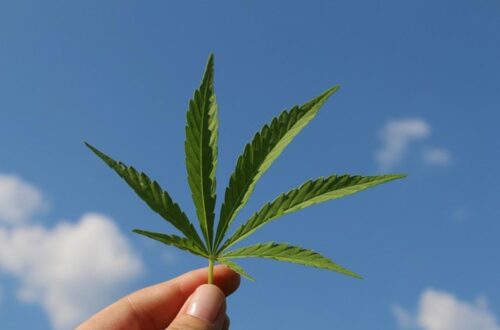Hemp cultivation is far more ancient and fascinating than most might realize. This incredible plant has woven its way through human history, holding significant roles in various cultures over thousands of years.
From the sturdy ropes and sails of ancient mariners to medicinal remedies in traditional medicine, hemp has proven its versatility time and again. Though today it stands in the limelight for its potential in sustainable industries, its historical journey is equally captivating.
By diving into the depths of hemp’s past, we uncover a tale of resilience, adaptability, and untapped potential. So, let’s journey through time and explore the roots of this extraordinary plant, tracing its footsteps from ancient fields to modern innovations.
Exploring Hemp Cultivation Through the Ages
Hemp’s journey began in ancient China around 2800 BCE, where it was not only cultivated for its strong fibers but also celebrated for its medicinal properties. The Chinese utilized hemp for making paper, textiles, and even food, showcasing the plant’s remarkable versatility early on.
Centuries later, around 800 BCE, hemp cultivation spread to Europe. The Scythians, a group of ancient warriors, were known to use hemp ropes and fabrics. Gradually, this hardy plant became integral to European agriculture, finding its way into everyday life.
In the Middle Ages, hemp was crucial for building the naval powers of various European empires. The plant’s robust fibers were ideal for crafting the ropes and sails that powered grand exploration voyages. Notably, Christopher Columbus’s ships relied heavily on hemp equipment during their historic journey to the New World.
As the colonial era progressed, hemp made its mark in the American colonies. Early settlers were encouraged, and at times even mandated, to grow hemp due to its essential role in trade and daily utilities.
From ancient civilizations to pivotal historical events, hemp has not only survived but thrived. Its remarkable adaptability and myriad uses have ensured its place in human history as a plant of great significance.
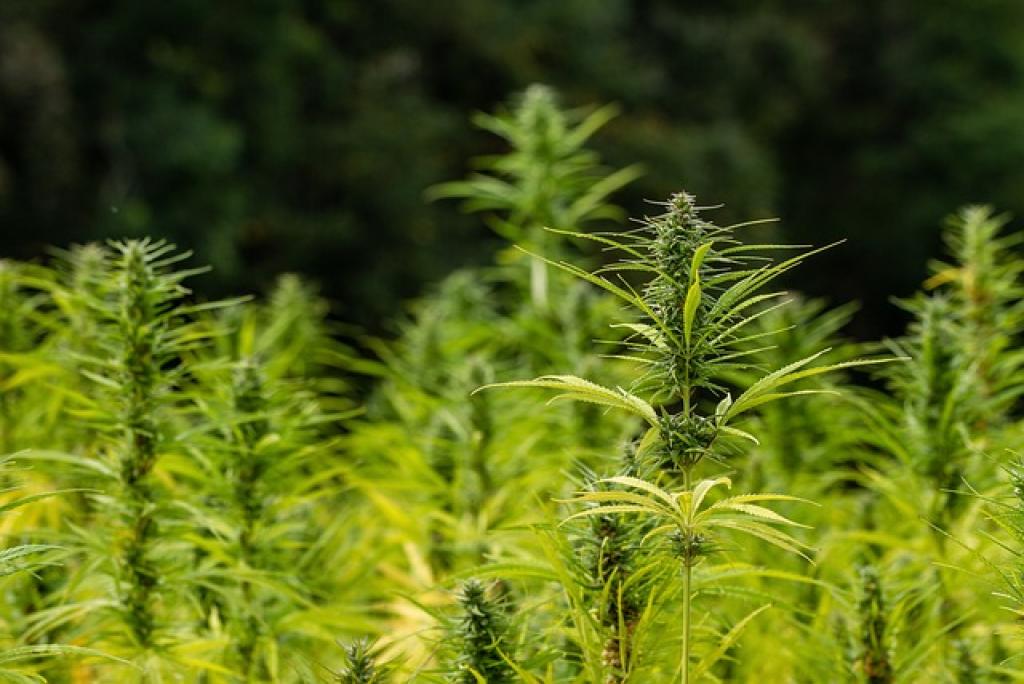
The Cultural Significance of Hemp in Ancient Societies
Hemp wasn’t just a practical plant; it held deep cultural significance in many ancient societies. For instance, in ancient China, the plant was revered not just for its material uses, but also for its spiritual and medicinal value. It was often mentioned in ancient texts related to health and spirituality, underscoring its importance.
Spiritual Connections
In India, hemp found its place in the sacred texts of Vedic literature. Known as “bhang,” it was used in spiritual rituals and traditional practices. It was believed to have purifying properties and was associated with the deity Shiva, showcasing its profound spiritual connections.
Moving to ancient Egypt, hemp was used for making ropes and textiles, which played a crucial role in constructing their grand monuments and tombs. This indicates how woven into the very fabric of their monumental achievements hemp truly was.
Daily Life and Traditions
Across the ancient Mediterranean, cultures like the Greeks and Romans had their own appreciation for hemp. They utilized it for making durable clothing and ropes, essential for daily life and trade. Additionally, its seeds were sometimes used in food preparations, reflecting an early understanding of its nutritional benefits.
As we peer into the tapestry of ancient societies, it becomes clear that hemp was more than just a crop. It was an integral part of cultural identity, health practices, and spiritual rituals. The plant’s influence pervaded multiple facets of life, weaving itself into the legacy of human civilization.
Revival and Modern Adaptations of Hemp Farming
The last few decades have seen a remarkable revival in hemp farming, driven by a renewed appreciation for its versatility and environmental benefits. Modern farmers are rediscovering and innovating ways to integrate hemp into contemporary agricultural practices.
Sustainable Agriculture
Hemp’s environmental benefits are hard to ignore. It’s a robust crop that requires less water than cotton and grows quickly without the need for heavy pesticides. This makes it an eco-friendly choice for sustainable farming. Farmers are increasingly turning to hemp to restore soil health and reduce the carbon footprint of their agricultural activities.
Technological advancements have further propelled hemp farming into the future. Innovative machinery and farming techniques allow for more efficient harvesting and processing, making it easier for farmers to scale up production and meet growing market demands.
Diverse Applications
What’s astonishing is the sheer breadth of hemp’s applications in the modern world. Today, hemp is used for producing everything from biodegradable plastics to nutritious health foods. It’s even finding its way into the beauty industry, with hemp-infused skincare products becoming a popular trend.
In the world of construction, hemp is making waves as a sustainable building material. Hempcrete, a mixture of hemp hurds and lime, is being used to create energy-efficient and durable buildings. This not only showcases hemp’s versatility but also positions it as a key player in the green building movement.
The modern revival of hemp farming is truly a blend of tradition and innovation. With its myriad benefits and applications, hemp is not just a blast from the past but a vital component of our sustainable future.
Impact of Industrialization on Hemp Agricultural Practices
The industrialization era brought about a seismic shift in agricultural practices, and hemp farming was no exception. Mechanized farming equipment revolutionized the way hemp was cultivated and processed, leading to significant changes in efficiency and productivity.
This shift allowed for larger-scale operations. Farms could now produce more hemp with less manual labor, significantly reducing costs. However, this came with a trade-off. The use of heavy machinery sometimes led to soil compaction and reduced soil quality, which farmers had to address to maintain the health of their crops.
Industrialization also meant that processing facilities could handle hemp more quickly and efficiently. This made hemp products more accessible to a broader market, fueling further innovation in hemp-based goods. From textiles to ropes to paper, the applications of industrially processed hemp were vast and varied.
On the flip side, the drive for mass production sometimes overshadowed the crop’s sustainability benefits. The rush to industrialize could lead to practices that were not as eco-friendly, a concern that modern farmers are now working hard to correct.
Hemp Is a Sustainable and Eco-Friendly Crop
Hemp is often hailed as a miracle crop, and for good reason. Its ability to grow rapidly and thrive in various climates makes it a darling of sustainable agriculture. Unlike many other crops, hemp requires minimal pesticides and herbicides, which means less chemical runoff and a healthier environment.
Another big plus for hemp is its low water requirement. In a world where water scarcity is a growing concern, having a crop that can grow with relatively little irrigation is a significant advantage. This makes hemp farming feasible even in areas where water resources are limited.
Hemp also plays a vital role in soil health. Its deep roots help to stabilize the soil and prevent erosion. Additionally, as it grows, hemp absorbs toxins from the soil, acting as a natural purifier. This not only improves the soil’s condition but also makes future crops healthier.
Carbon sequestration is another feather in hemp’s cap. The plant absorbs more CO2 per hectare than most other crops, which helps in fighting climate change. By integrating hemp into crop rotations, farmers can contribute to reducing greenhouse gases.
The Medicinal and Therapeutic Properties of Hemp
Hemp isn’t just an eco-friendly crop; it also comes with a treasure trove of medicinal and therapeutic benefits. One of the most well-known products derived from hemp is CBD or cannabidiol. Unlike THC, the psychoactive compound in cannabis, CBD offers many health benefits without the high.
CBD oil is widely used for pain management. People dealing with chronic pain, arthritis, and even migraines have reported relief after using CBD products. Its anti-inflammatory properties make it a natural alternative to traditional painkillers.
Anxiety and Stress Relief
Another area where hemp shines is in managing stress and anxiety. Many people turn to CBD to help combat everyday stressors and anxiety disorders. It works by interacting with the body’s endocannabinoid system, which helps to maintain balance and stability.
Skin Health
Topical hemp products are also becoming increasingly popular for skincare. Hemp seed oil, rich in essential fatty acids and antioxidants, can moisturize the skin without clogging pores. It’s often used to treat conditions like eczema, psoriasis, and acne.
In addition to these, preliminary research suggests that CBD may offer neuroprotective properties, potentially benefiting those with neurological disorders like epilepsy and multiple sclerosis. While more studies are needed, the potential is exciting.
Hemp’s Role in Shaping Economic and Trade History
Hemp has been a cornerstone in the development of various economies throughout history. This sturdy plant was one of the first crops to be spun into usable fiber over 10,000 years ago, making it one of humanity’s oldest agricultural staples.
In ancient China, hemp was used extensively for textiles and paper. It formed the backbone of their trade networks, with hemp fabrics being highly sought after. Chinese hemp paper was also a major export, revolutionizing the way information was recorded and shared.
Fast forward to the medieval period, and hemp became a vital resource in Europe. It was essential for making ropes and sails for ships, which fueled the age of exploration. Countries like England and Spain mandated hemp cultivation to support their naval fleets, directly influencing their maritime dominance.
In colonial America, hemp was so valuable that it was used as a form of currency. Farmers were required to grow it, and it played a key role in the economy by providing materials for clothing, paper, and ropes. The founding fathers, including George Washington and Thomas Jefferson, even advocated for its widespread cultivation.
The 20th century saw a decline in hemp production due to legal restrictions and competition from synthetic materials. However, its historical importance in shaping trade routes and economic structures remains undeniable.
Today, with renewed interest in sustainable agriculture, hemp is making a comeback. Its potential to contribute to various industries, from textiles to biofuels, suggests that hemp could once again become a significant economic player.
Conclusion: The Enduring Legacy of Hemp Cultivation
As we’ve explored, hemp has played a crucial role in human history, shaping economies, trade networks, and even our daily lives. From ancient civilizations to the modern day, this versatile plant has consistently proven its value.
Hemp’s historical importance is matched only by its potential for the future. As we face global challenges like climate change and resource scarcity, hemp offers a sustainable alternative for many industries. Its ability to produce durable textiles, biodegradable plastics, and efficient biofuels positions hemp as a key player in creating a greener planet.
And with that in mind, hemp’s benefits extend beyond just economic and environmental gains. Its cultivation can revitalize rural communities, providing new opportunities for farmers and boosting local economies. This resilient crop can grow in diverse climates, making it accessible worldwide.
As we move forward, it’s clear that embracing hemp cultivation can bring about positive change. Its rich history showcases not just its past contributions, but also the promise it holds for future innovation and sustainability.
In summary, the legacy of hemp cultivation is both enduring and evolving. By acknowledging its past and investing in its future, we can harness its full potential to address some of today’s most pressing challenges.
The journey of hemp is far from over, and its story continues to unfold. Let’s embrace this remarkable plant and its ability to shape a better, more sustainable world for generations to come.

